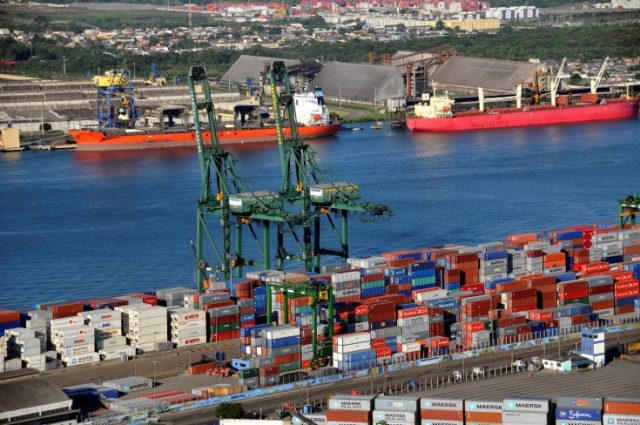
A clearly handicapped sector has been seeking improvements for years, and government officials say nothing about modernization
The logistics and port sector still has many challenges and obstacles with no apparent solution for the next government. This is still a theme that is still not very present in the speeches of presidential candidates, and in view of this scenario, the Association of Private Port Terminals (ATP) prepared a manifesto with a series of structural measures, awaited by the private port sector and that will guarantee much more investments and collaborations for the recovery of national growth.
Responsible for 67% of cargo handling, the TUPs (Private Use Terminals) use 100% private capital and bear all the risks relevant to the market to act in the provision of services, related to the movement of soybean, corn, fuel, ore and containers. According to Murillo Barbosa, CEO of ATP, in the last five years alone TUP invested more than R$21 billion in the modernization and improvements in the operations of 78 terminals throughout Brazil.
Still according to Barbosa, against the grain of this process, the sector suffers from the insufficiency of the logistics matrix, reflected in the high cost of transporting production, predominantly by road, undermining the economic dynamics and cost variation in our country. On the one hand, we have private companies that invest their capital, even with the risks, to continue providing services in Brazil with efficiency and modernization, on the other hand, a precarious infrastructure offer, compromising the entire logic of distribution of the Brazilian product, harming Brazilian progress. .
This initiative reinforces the need for changes and the implementation of the National Logistic Plan (PNL) suggesting prioritization in port infrastructure. The manifesto also encourages the integrated transport logistics model with origins and destinations, which connect production areas and industrial centers to the ports, with the use of the multimodal system if there is a need to use it, mainly railroads, waterways and cabotage navigation. .
The sector also highlights the need to reduce bureaucracy in procedures to make the project viable. Today between the consecration of the final term of waiver of operations takes 8 to 9 years, which can mean damage to the competitiveness of the national product, although some improvements have been provided in 2013 by the Modernization of ports law, together with the decree from 2017.









Army summons Brazilians with up to…
Come be a watermelon, you too
Air Force F-16 fighters…
Everything is fine, 100-year secrecy,…
Air Force F-16 fighters…
Well... It's flying scrap... Typical...
Air Force F-16 fighters…
Which genocide are you talking about? Than…
They discover the third largest deposit…
That’s why all foreigners and NGOs…
Good morning, when you complete the tests…
I had already heard about Graphene, but…
Brazil will never worry about…
It has a 550w 2 meter photovoltaic plate, more…
They give opportunities to drivers with no experience I have…
Since the day our dear
I warned you, Japan is ahead,…
Tunnels are going to be drilled in Serra do Mar…